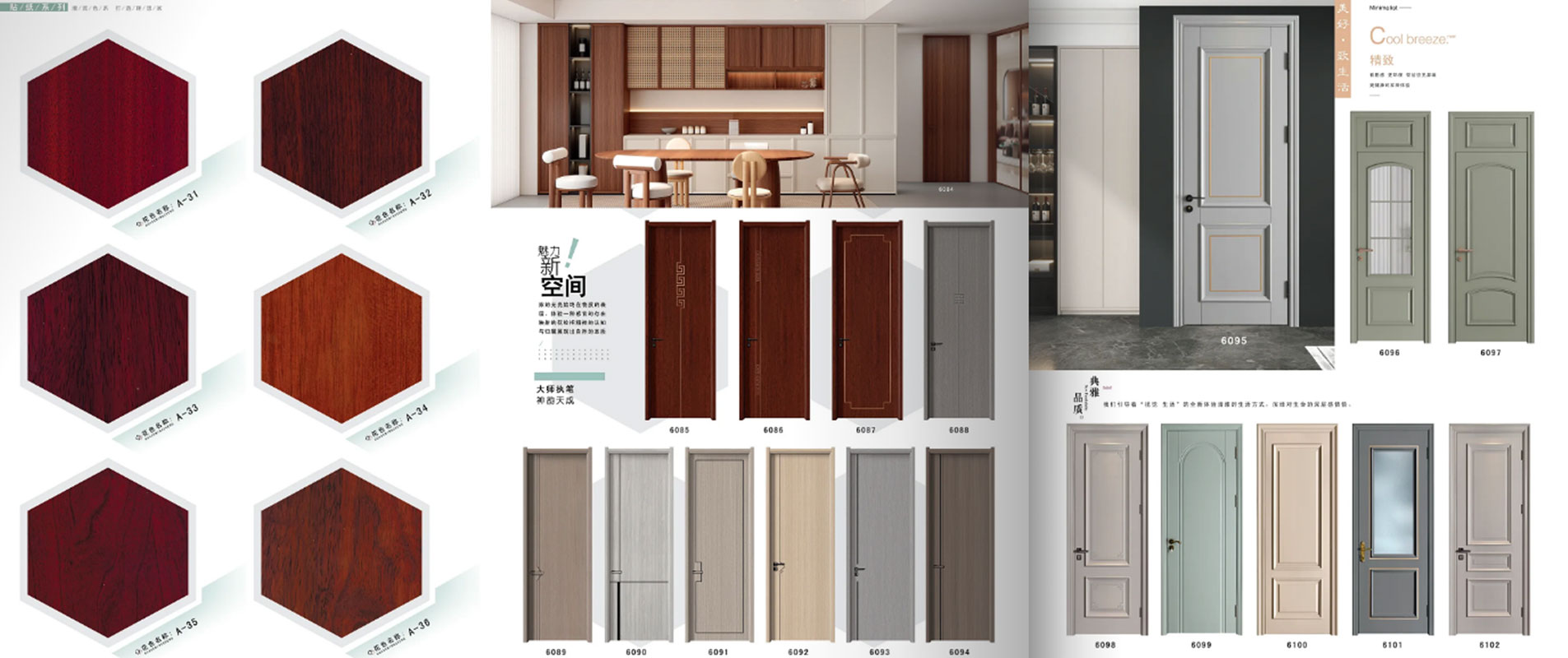Types of Wooden Doors and How to Choose
In the realm of home improvement, wooden doors stand out as a classic and versatile choice. They not only safeguard our living spaces but also infuse them with charm and elegance. Understanding the different types of wooden doors and how to select the most suitable one is key to enhancing both the functionality and aesthetic of your home.

There are four main types of wooden doors. Solid wood doors, made from natural hardwoods such as oak, mahogany, or cherry, are highly durable with great insulation and soundproofing. Their natural grain patterns add luxury, but they are expensive due to the quality wood and craftsmanship, and their weight requires sturdy installation. Solid core doors, with a core of compressed wood fibers or composites and a veneer or laminate finish, are a more budget - friendly alternative. They offer decent insulation and soundproofing and can mimic the look of solid wood, though they lack its unique beauty.
Hollow core doors, having a hollow interior, are the lightest and cheapest. They are suitable for areas where privacy is needed but not high - level insulation or durability, like closets. However, they have poor insulation and are easily damaged. Veneer doors are made by applying a thin wood veneer over a substrate like plywood or MDF. They provide a solid - wood look at a lower cost with various design options, yet the veneer quality can vary and improper installation may cause peeling.
When choosing a wooden door, several key steps should be followed. First, determine your requirements. Identify the door's purpose: for exteriors, prioritize security, insulation, and weather resistance, with solid wood or high - quality solid core doors being suitable. For interiors, consider factors like soundproofing, style, and privacy, such as in a bedroom or home office. Next, assess the material, taking into account durability, appearance, cost, and environmental impact. Hardwoods are durable but costly, softwoods are budget - friendly but less long - lasting, and composite materials can be a compromise.
Moreover, inspect the construction for tight joints and a smooth surface, and evaluate the finish for protection and aesthetics. Ensure proper size and fit by accurate measurements, considering door thickness. Finally, research brands and read reviews, visit showrooms or request samples. In summary, choosing the right wooden door demands a comprehensive evaluation of requirements, material, construction, size, and brand to make an informed decision for long - term satisfaction.



